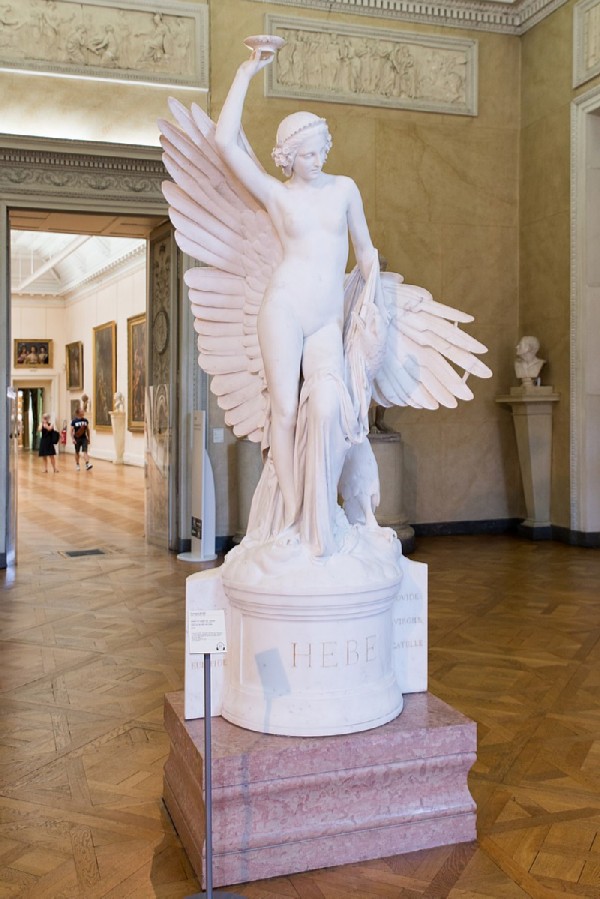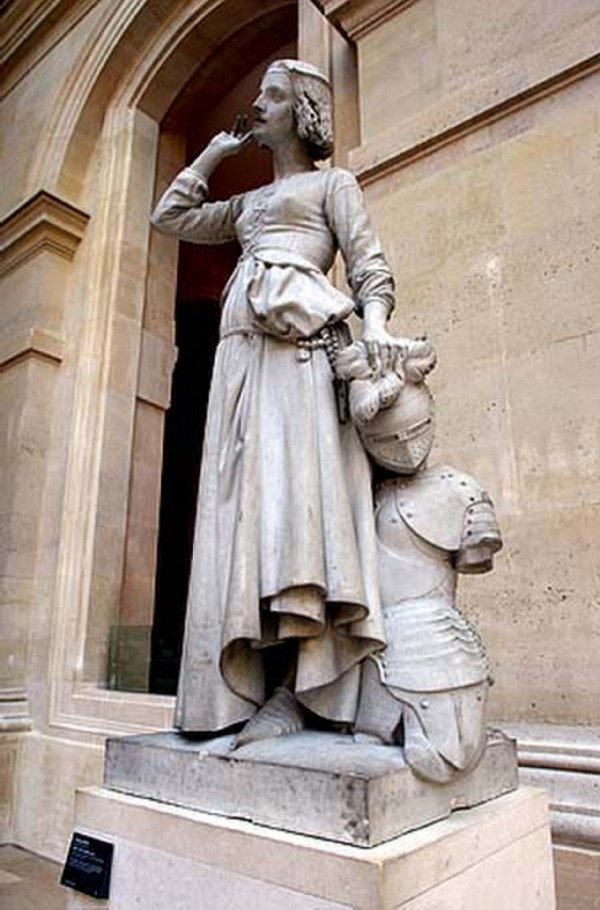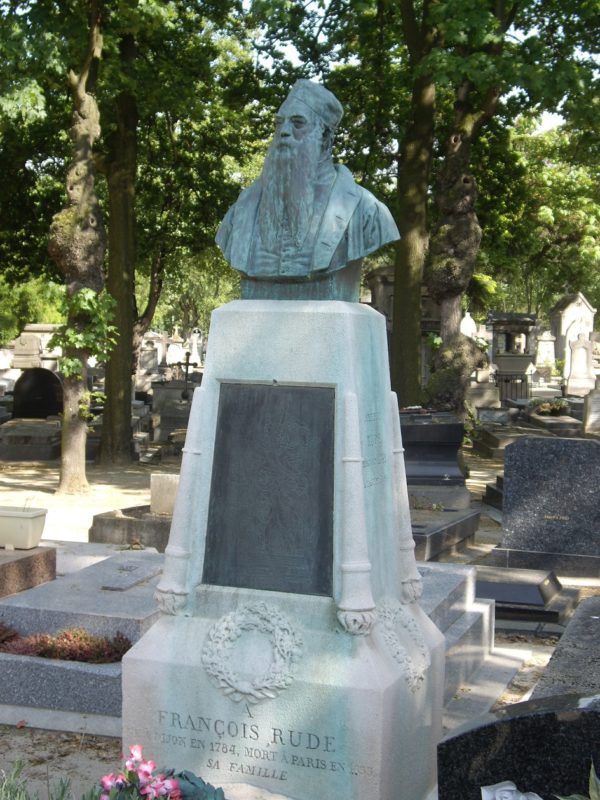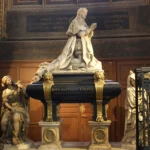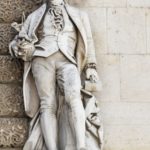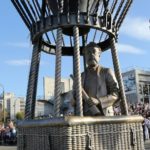François Rude – French sculptor who admired Napoleon
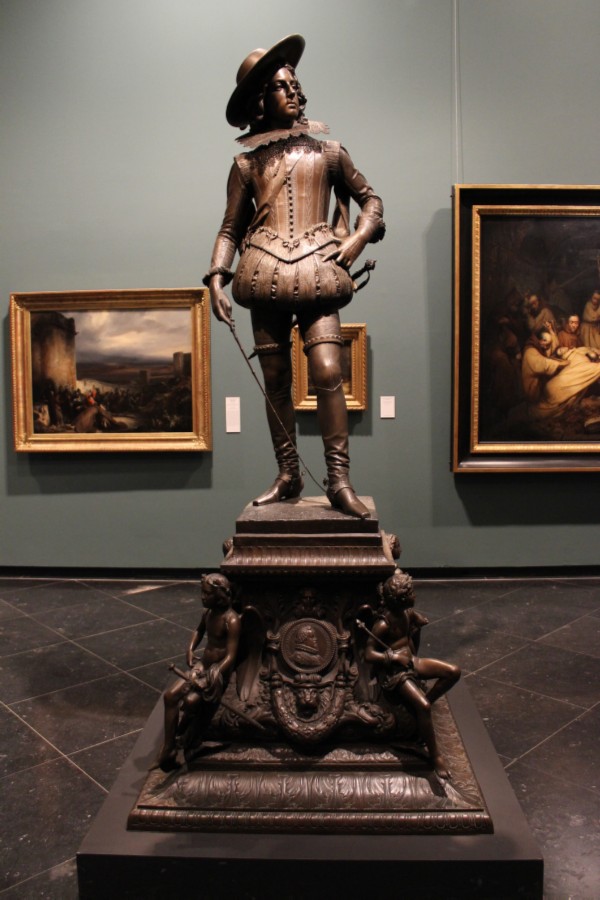
François Rude (January 4, 1784 – November 3, 1855) was a famous French sculptor of the first half of the 19th century, an outstanding representative of neoclassicism and romanticism. François Rude worked mainly in the historical genre. The biography of the master is a vivid example of a successful career of a brilliant artist, selflessly devoted to art.
Francois Rude was an ardent patriot of his homeland and created a number of monuments to prominent political figures in France. The heroes of his works were many famous historical figures.
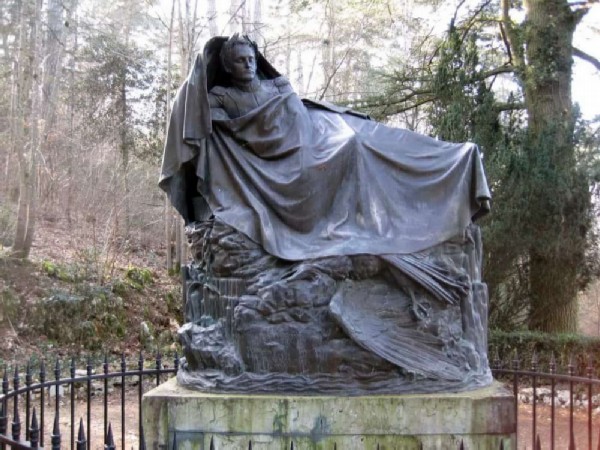
Biography of François Rude François
Rude was born on January 4, 1784 in the family of a blacksmith, in the city of Dijon, located in the north-east of France. From early childhood, he helped his father in the workshop and was supposed to inherit the family business, but these plans were not destined to come true. At the age of fifteen, Francois became interested in art and, secretly from his parents, began attending classes at the local School of Arts.
The talented young man was noticed by the assistant manager of the Dijon Museum, Louis Fremier, who became his teacher and patron. Thanks to the patronage of his mentor, Ryud avoided being drafted into the army and was admitted in 1808 to the Academy of Fine Arts in Paris for further education. In addition, under the influence of Frémiet, François became an ardent supporter of the ideas of Bonapartism.
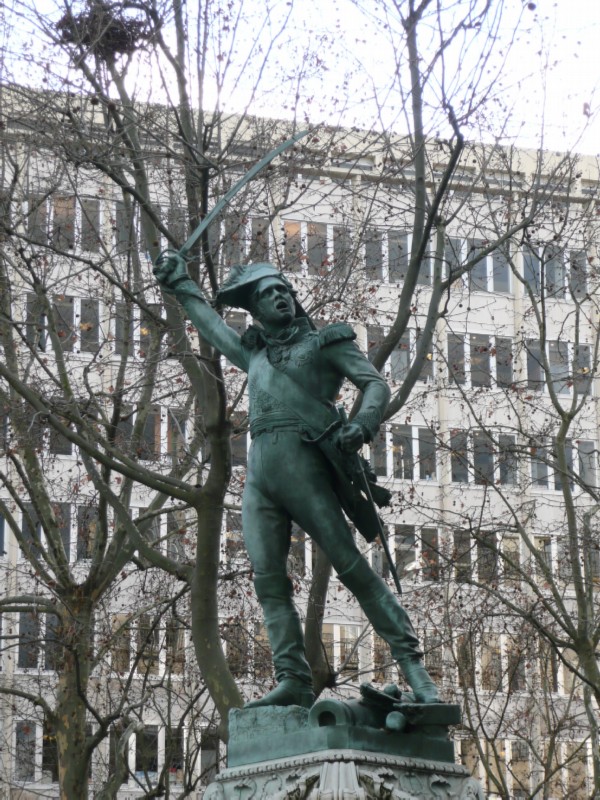
Under the guidance of Professor Pierre Cartellier, Rude achieved brilliant academic success. And in his free time, the young artist worked as an assistant in the workshop of Edme Gaulle. In 1812, François won the right to travel to Rome for further studies, but the academy did not have the funds to pay for the fellows’ accommodation. As a result, Ryud never had a chance to visit Italy. In 1815, the young sculptor fell into disgrace because of his political convictions.
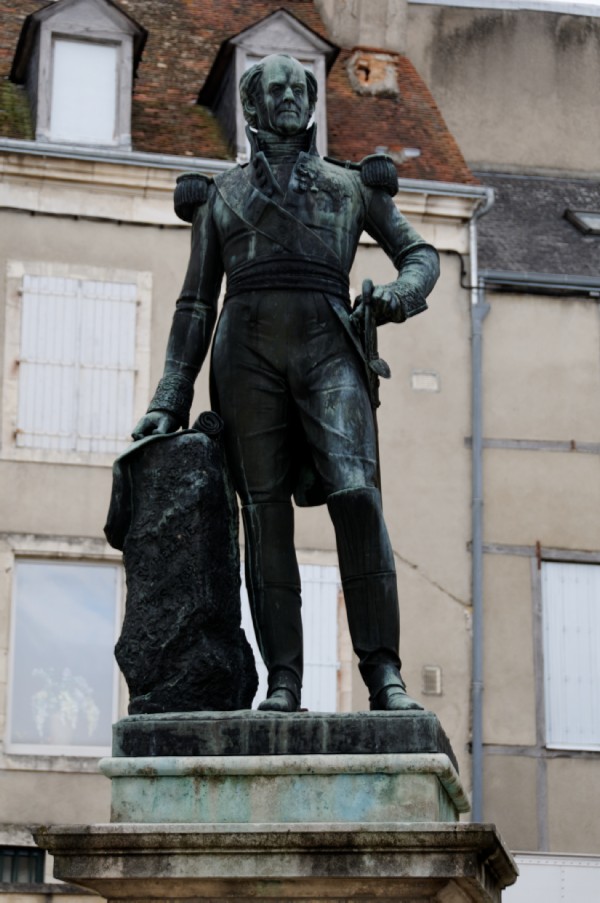
Under the circumstances, François decided to emigrate to Belgium.
And Fremier persuaded him to take his two daughters, his aunt and mother-in-law, with him. Ryud owed a lot to his first teacher, so he agreed to his request without hesitation. The 32-year-old sculptor, accompanied by four women, moved to Brussels. There he met and befriended many of his immigrant colleagues.
In the Belgian capital, he married the youngest daughter of his teacher, Sophie Fremier. She became his faithful assistant for the rest of her life. In addition, the sculptor’s wife was a talented artist, she painted pictures of the mythological genre in the neoclassical style. Unfortunately, the couple’s only son died at the age of six.

Career
The sculptor had to live for twelve years in Brussels, surviving by odd jobs. But gradually the political persecution of the Bonapartists in France ceased, and in 1827 Rude and his wife returned to Paris.
The metropolitan public greeted the master very friendly, and his work at the annual salons aroused great interest. The rapid flowering of the creative career of the sculptor began. Ryd enthusiastically created his masterpieces, and his financial situation improved significantly.
In 1833, Francois Rude received an order from the French authorities, which later brought him popular love and fame. Government Minister Adolphe Thiers commissioned the sculptor to create a large-scale relief in a patriotic spirit to decorate the Arc de Triomphe in the center of Paris. The majestic multi-figure composition entitled “Departure for a campaign” was completed in 1836. The arch caused a flurry of rave reviews in the capital. Ryud’s masterpiece was admired by representatives of various segments of the population.
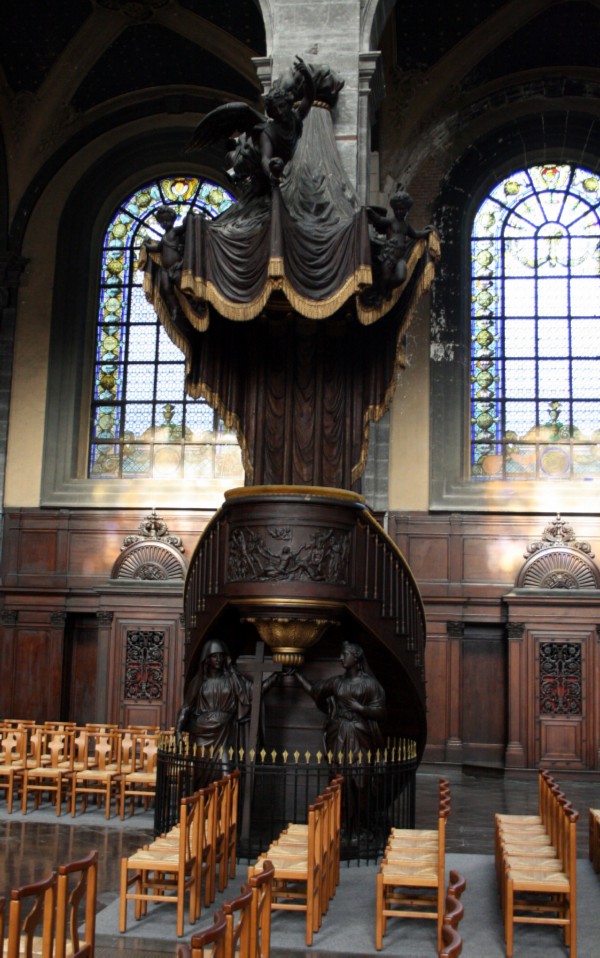
Until his death, Francois Rude enjoyed great respect in society.
He received a lot of awards from the authorities and was constantly provided with highly paid orders. The ingenious master created monumental monuments and tombs, busts and statues, bas-reliefs and decor for buildings. He had many students, among whom Charles-Auguste Lebourg and Jean-Baptiste Carpeau can be especially distinguished.
At the end of his creative career, the artist became interested in the religious genre and produced several unique sculptural compositions for Parisian cathedrals. And on November 3, 1855, Francois Rude died at his home and was buried in the Montparnasse cemetery. The grave of the great master is still adorned with a monument made by his favorite student Paul Cabet.
